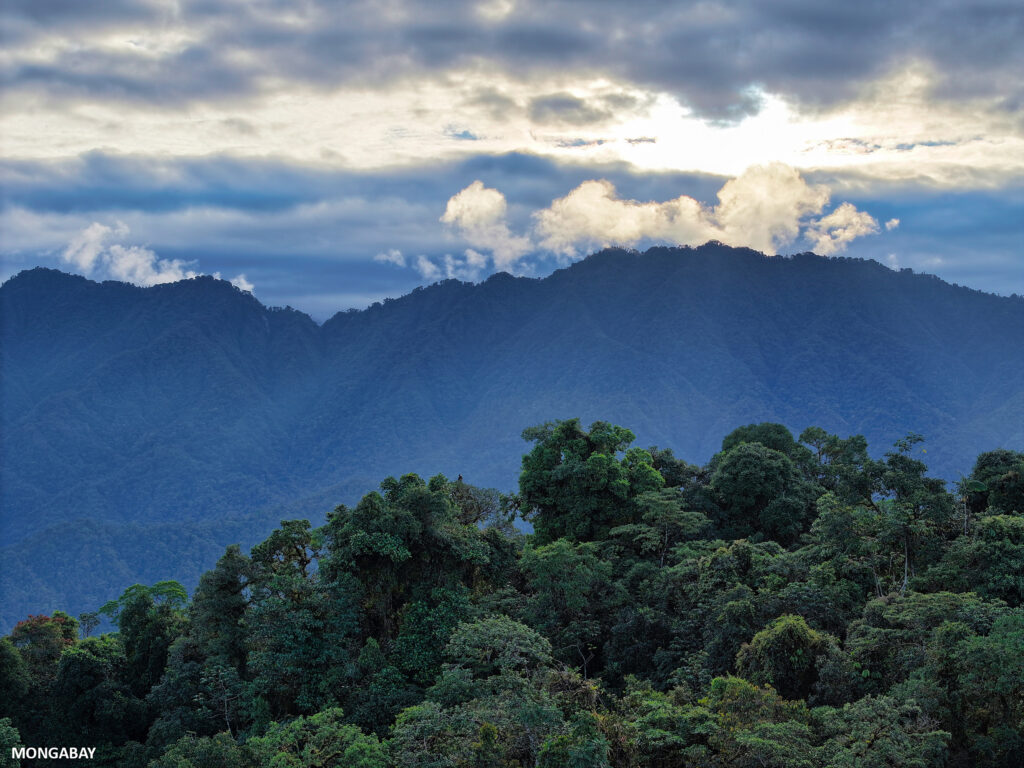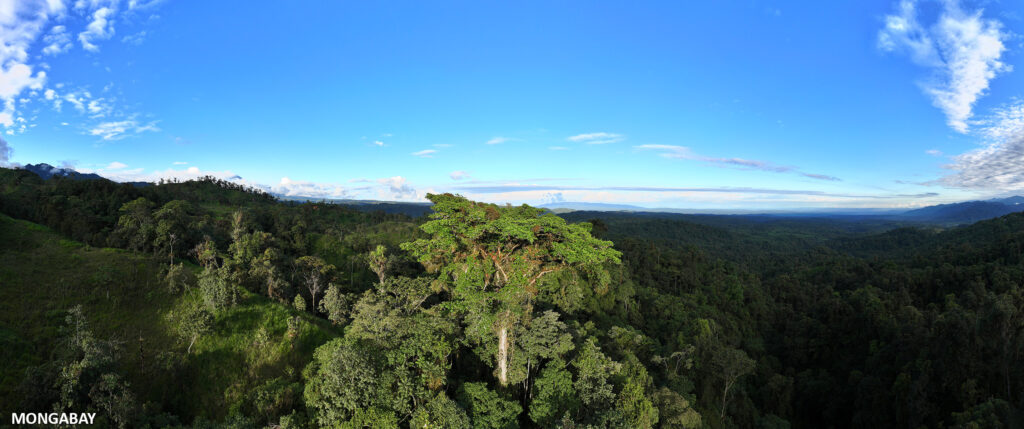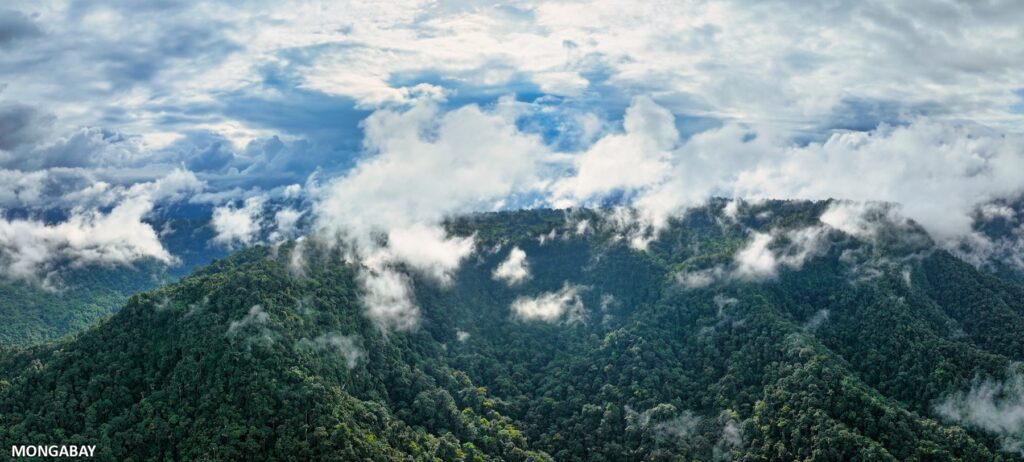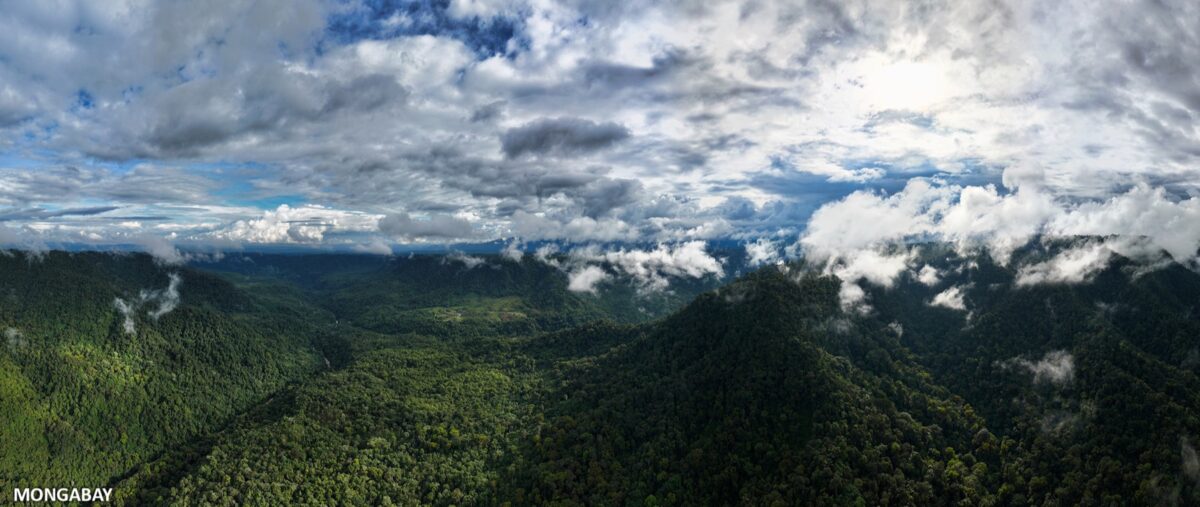In July, I visited Narupa Reserve, a protected area established and run by the Jocotoco Foundation. While I had only two days, I was very impressed with the quality of the forest, the abundance of birds, and the stunning scenery.
In 1997, ornithologist Robert S. Ridgely discovered a previously undocumented bird species, the Jocotoco Antpitta (Grallaria ridgelyi), in the tropical montane forests on the Amazonian slope of the Andes in southeastern Ecuador. This ground-dwelling bird was immediately recognized as critically endangered due to its very small range and the threats to its habitat, which led to the establishment of the Jocotoco Foundation in 1998 and the subsequent purchase of land for the creation of the Tapichalaca Reserve, specifically designed to protect the habitat of the Jocotoco Antpitta.
Since then, Jocotoco has established a network of 15 reserves across Ecuador. Each reserve has been selected to protect areas that are globally significant for bird conservation, ranging from the lowlands of the Amazon rainforest to the Galapagos Islands. These reserves safeguard a vast number of regionally endemic and globally threatened plants and animals, including 10% of the world’s bird species.

Beyond preserving habitats critical for endangered bird species and other wildlife, Jocotoco has integrated ecotourism, community engagement and education, and scientific research and monitoring into its conservation strategy. The organization works closely with local communities to promote conservation awareness and sustainable practices. Additionally, its ecotourism programs generate employment opportunities and revenue for people living around their reserves.
Martin Schaefer, Jocotoco’s head, discussed the group’s adaptive approach with Mongabay: “For each species, we analyze its threats, assessing whether Jocotoco can make a difference and to what extent. Then, we determine the best approach. Sometimes, working with communities or local authorities to save threatened forests is most effective. In other cases, acquiring land to block logging roads of industrial timber companies is the better strategy. The approach depends on the specific threats to biodiversity.”
“In continental South America, habitat loss is the most significant threat, and we counter it by collaborating with communities or protecting land, whether it is ours or that of third parties,” he explained. “On the Galapagos, invasive species pose the greatest threat to native biodiversity. Here, we work with the authorities to control or eradicate invasive species such as rats or mice, which also damage crops.”


Schaefer, who joined Jocotoco in 2010 and has over 20 years of experience in the Neotropics, says Ecuadorians tend to be very supportive of conservation efforts. This support is evident in the collective decision in a referendum in August to phase out oil drilling in Ecuador’s Yasuni National Park and ban mining in the upper Chocó, as well as an increasing willingness to listen to the country’s Indigenous peoples.
Schaefer recently spoke with Mongabay about Jocotoco’s work, the global challenges facing wildlife, and the shifting tides of public perception towards the environment.
The Interview: How a group in Ecuador protects 10% of the world’s bird species

